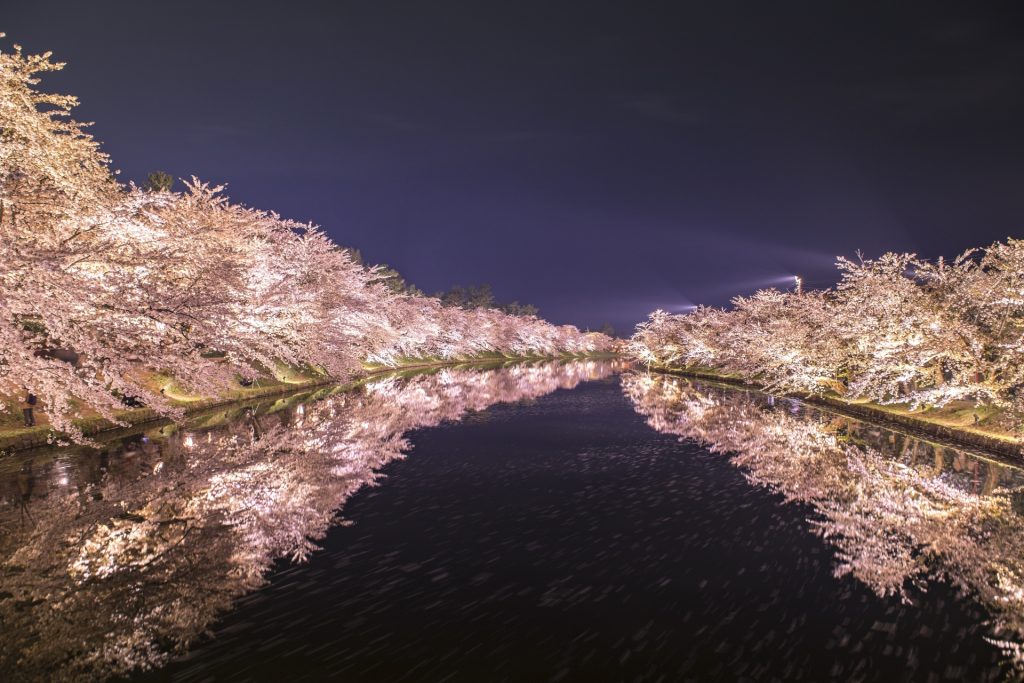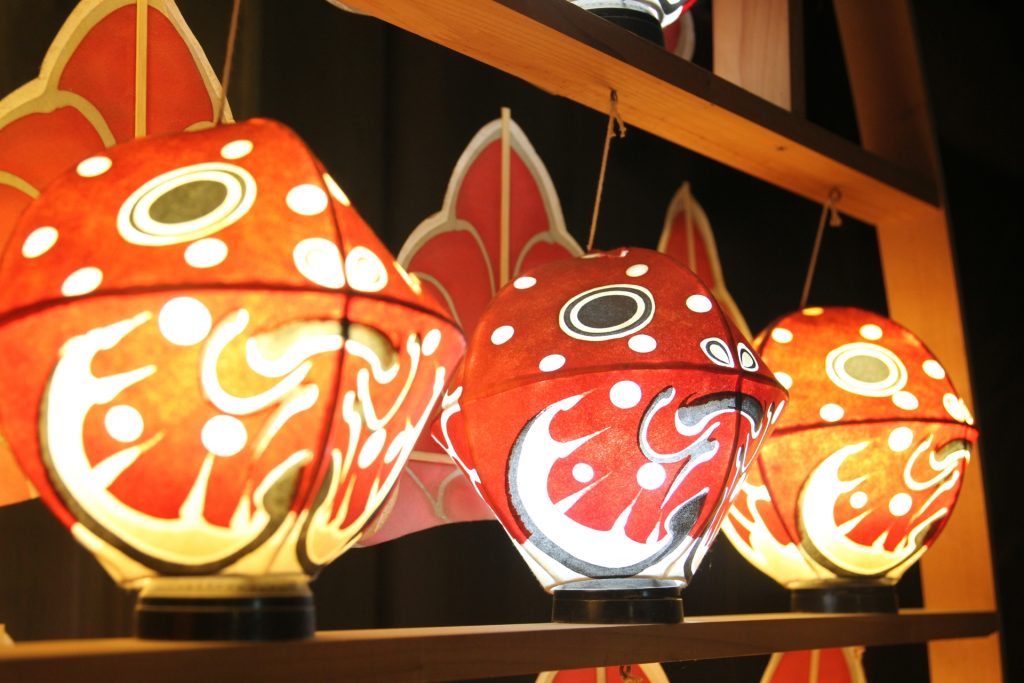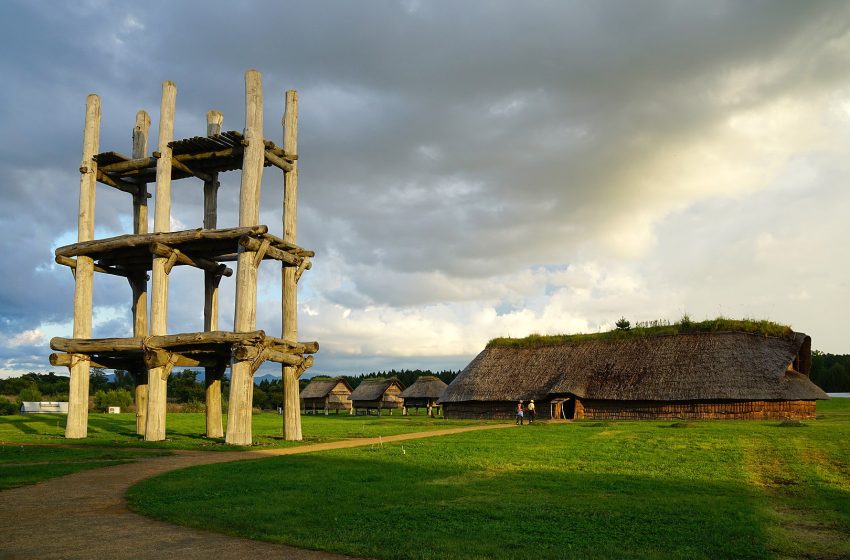
Sannai-Maruyama site in Aomori / 663highland, CC BY-SA 3.0
Unveiling Japan’s Ancient Past: Exploring the Jomon Period
Embark on a journey to the enigmatic Jomon Period, a pivotal chapter in Japan’s prehistoric history. This era, spanning from around 14,000 to 300 BCE, offers a fascinating glimpse into the lives, culture, and innovations of ancient Japanese communities.
The Enigmatic Culture:
At the heart of the Jomon Period’s legacy lies its distinctive pottery. Renowned for its intricate rope-pattern designs, Jomon pottery, or “cord-marked pottery,” showcases the artistic sensibilities of these early inhabitants. Intricately carved clay figurines known as “dogu” provide additional insight into their spiritual beliefs and daily lives.
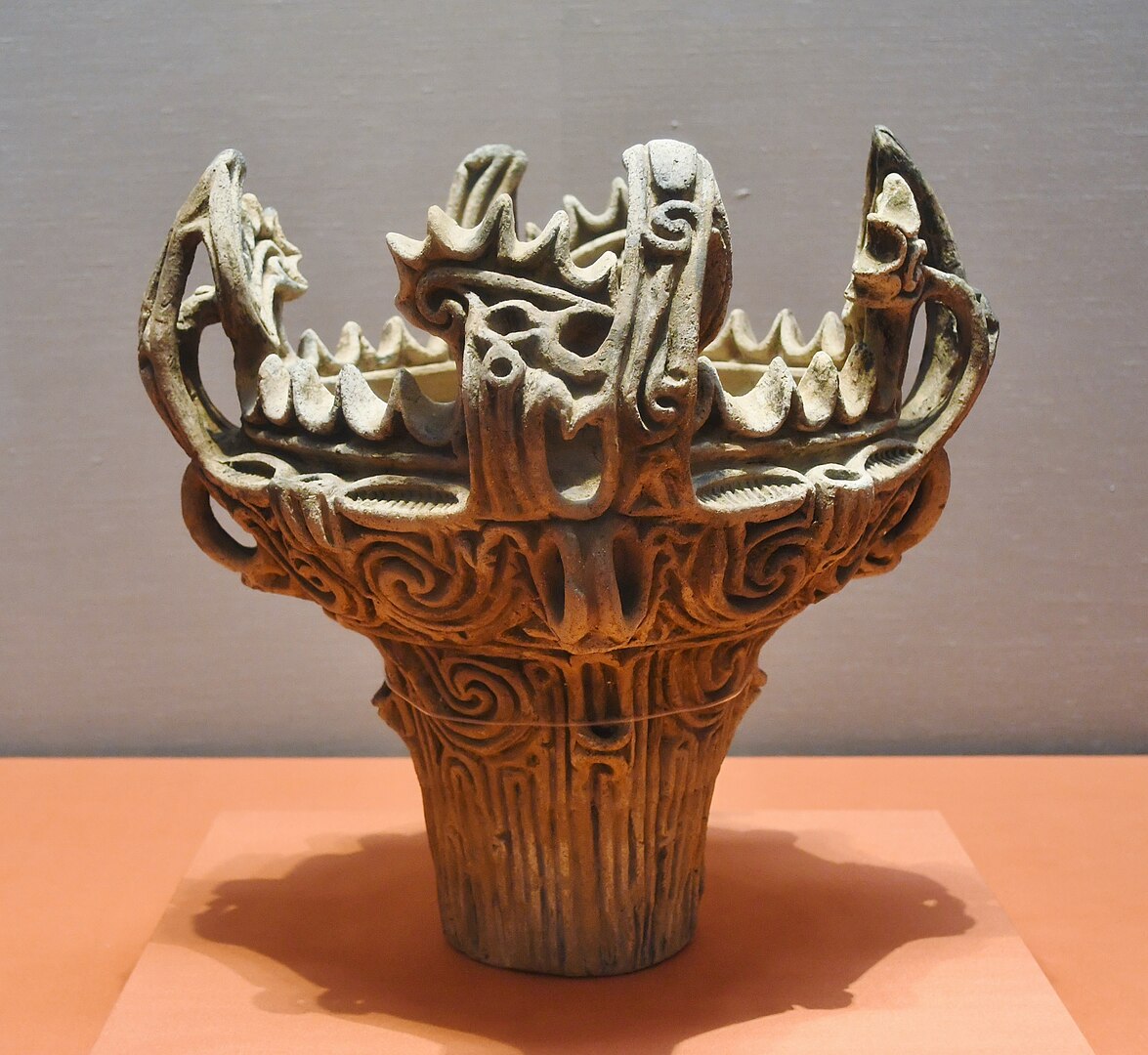
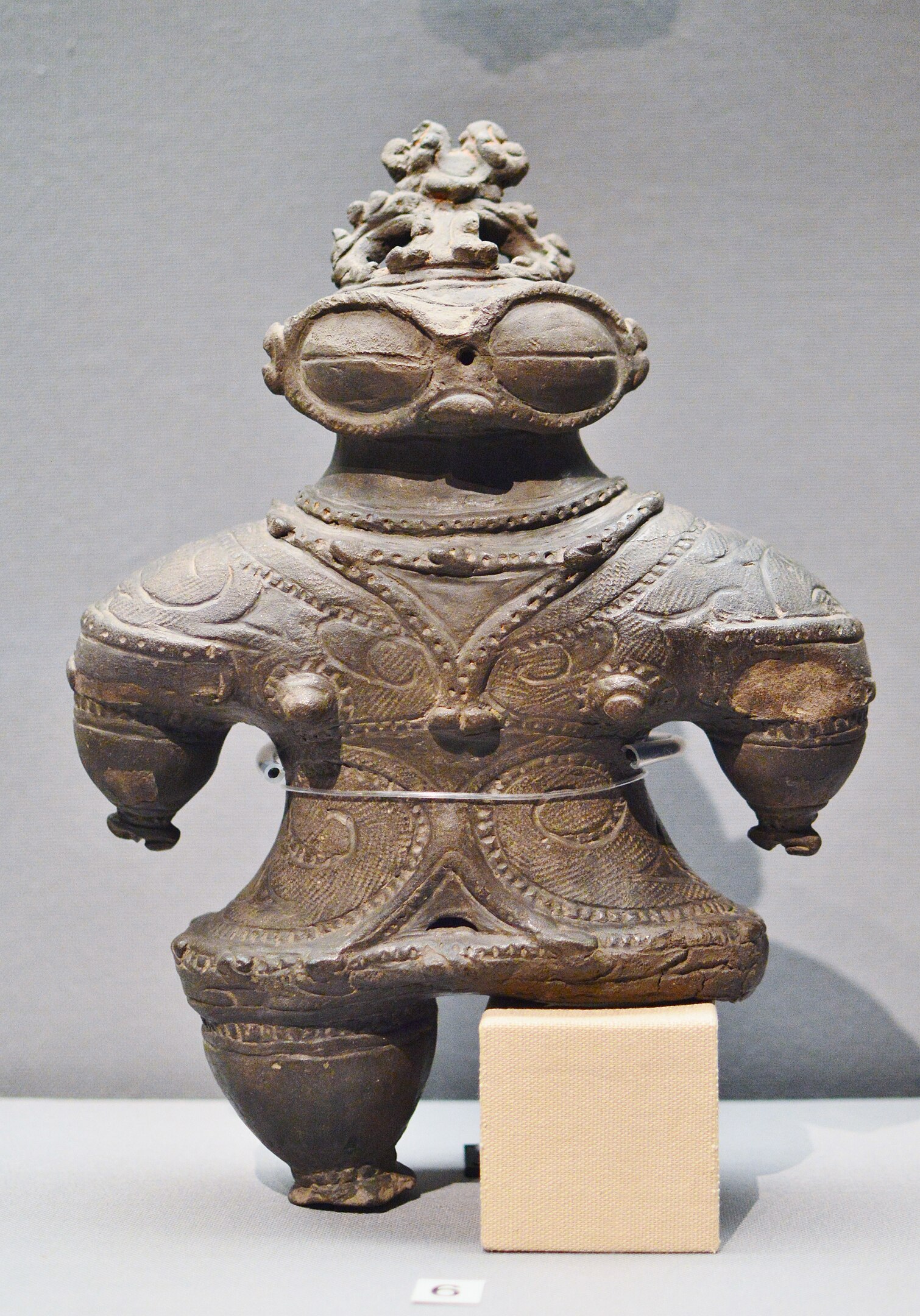
Representative Sites:
Among the notable Jomon archaeological sites, the Sannai-Maruyama site in Aomori stands out. Here, remnants of pit dwellings, earthenware, and tools offer a vivid window into Jomon life. The Torihama shell mound in Fukui and the Omori shell mound in Kanagawa also provide essential insights into Jomon people’s diet and lifestyle.
Comparative Perspectives:
During the Jomon Period, while Japan was flourishing, other parts of the world also witnessed cultural and societal shifts. In Europe, the Neolithic Revolution saw the emergence of farming, and in the Near East, monumental architecture and trade networks thrived.
Exploring the Jomon Period not only unravels the intricacies of Japan’s ancient past but also provides a broader understanding of human history during this transformative era. As you delve into this rich tapestry of culture and innovation, you gain an appreciation for the enduring legacy left behind by the Jomon people. Join us at JapanPassage as we unearth the mysteries of the past and celebrate the cultural treasures of Japan.

